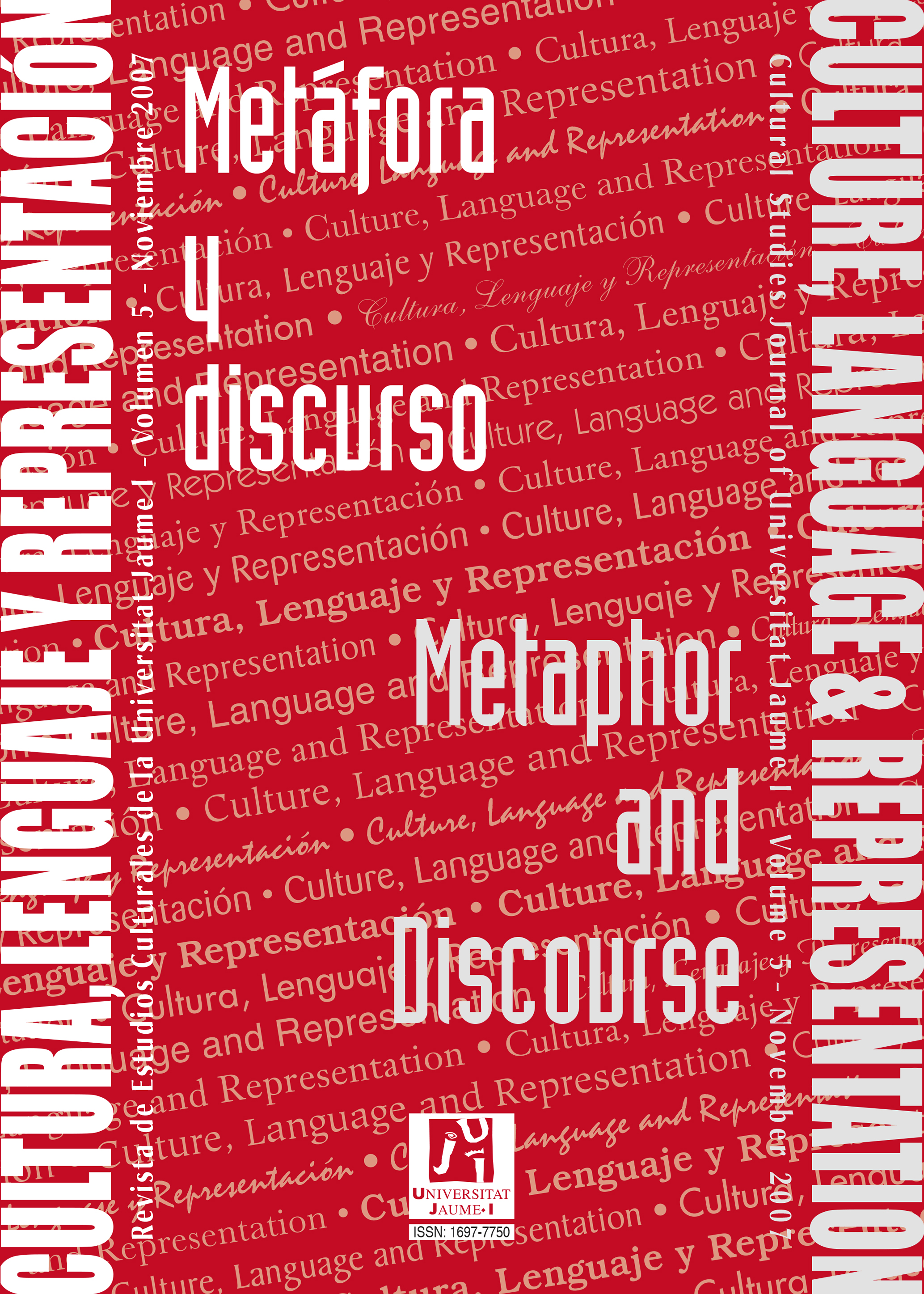Is This a Metaphor? On the Difficult Task of Identifying Metaphors in Scientific Discourse
Main Article Content
Abstract
This article focuses on the problem of metaphor identification in scientific language. In Conceptual Metaphor Theory, metaphors are often observed on the conceptual level. As in this framework there is no genuine linguistic definition of metaphor, problems occur in empirical work where metaphor identification in texts is required. Although there seems to be considerable agreement in intuitive judgements, most empirical work lacks a method which produces transparent and repeatable data. I will argue that a mixture of two possible identification strategies is often used intuitively: the “truth approach”, which marks as metaphorical expressions that are not actually true, and the “meaning approach” that takes the difference between primary and secondary meaning into account. While these intuitive identification strategies might be useful in some discourses, serious problems occur when metaphors have to be identified in scientific language. This is because in scientific theories “truth” is not easily identified and the meaning of a scientific term is sometimes not obvious. I argue for a methodological clear-cut distinction of the two possible approaches to metaphor identification, and for a careful reflection of the possible consequences of the different identification strategies.
Downloads
Article Details
An open-access CREATIVE COMMONS copyright license is used. Those authors whose works are published by this journal, accept the following terms:
- Authors will retain their copyright and guarantee the Journal the right to first publish their work, which will simultaneously be subject to the Creative Commons Recognition License CC BY SA that allows third parties to share the work, provided that its author and first publication is indicated.
- Authors may adopt other non-exclusive license agreements for the distribution of the published version of the work (e.g., deposit it in an institutional telematics file or publish it in a monographic volume) provided that the initial publication in this journal is indicated.
- Authors are allowed and recommended to disseminate their work over the Internet (e.g. in institutional telematics files or on their website) before and during the submission process, which can produce interesting exchanges and increase quotes of the published work.


